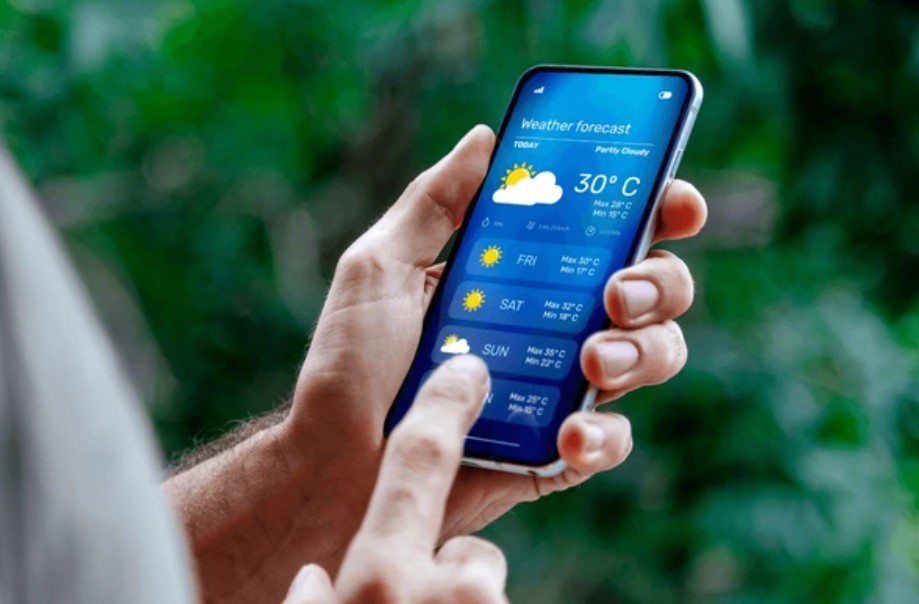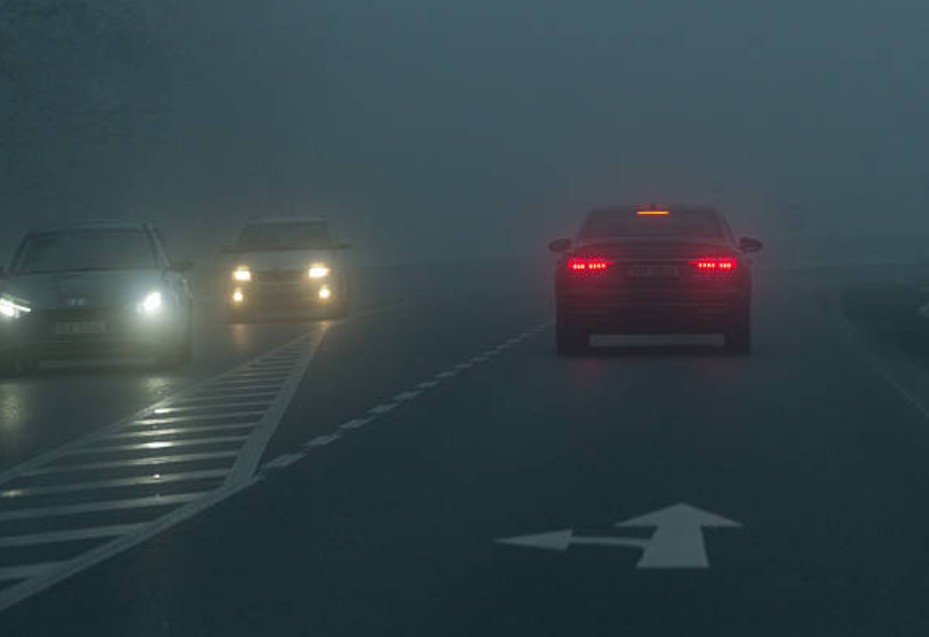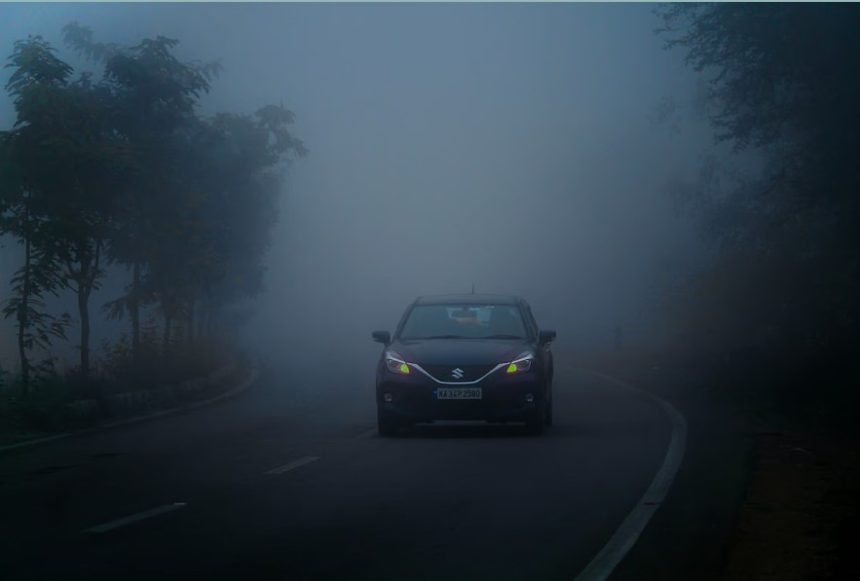Driving in fog presents some of the toughest and most unpredictable challenges on the road. Reduced visibility, slower reaction times, and the presence of potentially hazardous situations make it crucial to take the right precautions. In this article, we’ll delve into expert advice on what should you do before starting a journey in foggy weather, to ensure your safety and the safety of others on the road.
Why Is Fog Dangerous for Drivers?
Fog occurs when water droplets or ice crystals are suspended in the air near the ground, significantly reducing visibility. This can create hazardous conditions for drivers, as you may not be able to see more than a few meters ahead of you. Here’s why fog can be so dangerous:
- Reduced Visibility: In dense fog, you may only see a few feet in front of you, making it difficult to spot other vehicles, road signs, and pedestrians.
- Confusion with Road Markings: Faint road markings and signs can be hard to distinguish, leading to potential misdirection.
- Increased Risk of Collisions: The combination of limited visibility and reduced stopping time can increase the likelihood of accidents.
It’s important to understand the potential risks associated with foggy weather and take preventive measures before starting your journey.
What Should You Do Before Starting a Journey in Foggy Weather?
1. Check Weather Conditions and Reports

Make sure to review the most recent weather updates before you leave. Foggy conditions can develop unexpectedly, especially in early mornings or late evenings. Look for updates on local news, weather apps, or websites that offer real-time traffic and weather updates.
- Key Tips:
- Use weather apps such as BBC Weather, Met Office, or the UK’s National Grid website.
- Listen to traffic reports on the radio for live updates about foggy conditions in your area.
2. Make Sure Your Car is Prepared
Ensuring that your vehicle is in optimal condition can significantly enhance your safety when driving in foggy conditions.
- Check Fog Lights and Headlights: Ensure both are working properly. Fog lights are designed to illuminate the road immediately in front of you without causing glare for other drivers. Avoid using high beams, as they can reflect off the fog and impair your vision.
- Check Tyres: Foggy conditions can make roads damp and slick, so it’s important to ensure your tyres are well-inflated and have adequate tread for safe driving.
- Windshield Wipers: Foggy weather often comes with rain or mist. Ensure that your windshield is free of obstructions and that your wiper blades are in good working condition.
3. Plan Your Route Carefully
If possible, plan your route to avoid roads that are particularly dangerous in foggy weather, such as winding or hilly roads. Avoid routes that are prone to fog and check for any construction or roadblocks that could make conditions worse.
- Plan Ahead: If possible, opt for major roads or motorways as these are more likely to be well-lit and have clearer markings.
Expert Advice: How Can You Safely Navigate Through Fog?
Slow Down and Maintain Safe Following Distance
One of the most important tips for driving in foggy conditions is to slow down. Experts recommend reducing your speed to allow for extra reaction time. Fog can greatly impair your ability to see clearly, making it difficult to spot vehicles, road signs, and other potential dangers while driving.
- Key Tip: Always maintain a safe following distance. Experts recommend increasing your following distance to at least double what you would normally keep in clear conditions.
Use Your Brakes and Indicators Wisely

- Use Brakes Smoothly: Sudden braking can cause accidents in low visibility conditions, so use smooth, gradual braking to avoid skidding or losing control.
- Use Indicators Early: Make sure to indicate your moves well in advance so other drivers have enough time to react. Visibility may be reduced for those around you as well.
Avoid Overtaking in Fog
When driving in foggy conditions, it’s best to avoid overtaking other vehicles. Visibility is severely reduced, and overtaking could increase the risk of an accident.
- Key Advice: Only overtake when absolutely necessary, and when visibility improves enough to safely complete the manoeuvre.
What Can You Do to Help Other Drivers See You?
Visibility is a two-way street, so it’s not just about seeing the road, but also ensuring that other drivers can see you.
- Turn on Your Low Beam Headlights: Never drive with just your sidelights on during foggy weather, as they don’t provide enough visibility.
- Use Hazard Lights: If visibility is extremely low, consider using your hazard lights, but be cautious. This is to signal other drivers, not to replace regular indicators.
Side Note: While hazard lights can alert others, they shouldn’t be used when driving through normal fog. It can confuse other drivers and make it harder for them to judge your position.
Is It Safe to Drive Through Thick Fog?
Evaluate Your Comfort and Confidence
If you’re feeling unsure about driving in foggy weather, it’s always better to postpone your journey or consider alternative travel options. Your safety should never be compromised, no matter the journey.
- Alternative Options:
- If you’re uncomfortable with driving, consider public transportation options such as trains or buses, which might be more reliable and safer in foggy weather.
Tips for Safe Driving in Different Types of Fog
Driving in Light Fog vs. Dense Fog

Not all fog is created equal. Light fog may allow you to see further ahead, but dense fog can reduce visibility to just a few meters. Knowing how to react based on the fog’s density can help prevent accidents.
- In Light Fog:
- You may still be able to drive at a moderate speed, but always keep your headlights on.
- Maintain a safe following distance.
- In Dense Fog:
- Reduce your speed significantly, switch on your fog lights, and use your low beam headlights.
- Consider pulling over to the side of the road if visibility becomes too poor.
Final Thoughts on Foggy Weather Driving
In summary, foggy weather presents a unique challenge for drivers, but by preparing in advance, adjusting your driving habits, and understanding the importance of visibility, you can make your journey safer. Following the expert advice listed above will help you navigate foggy conditions with more confidence and reduce your risk of accidents. Always remember: when in doubt, don’t drive. It’s better to delay your journey than put yourself and others at risk.
Stay safe out there, and drive carefully!
Frequently Asked Questions (FAQs)
Is it advisable to keep your fog lights on at all times when driving in foggy conditions?
Fog lights should only be utilized in conditions of heavy fog or mist, when visibility is notably reduced. Using them in lighter fog or clear conditions can create glare for other drivers.
What are the best ways to improve your visibility when driving in foggy conditions?
Use your headlights, avoid high beams, and consider using your hazard lights if visibility is extremely poor. Reduce your speed and maintain a larger gap between your vehicle and the one ahead.
Is it against the law to drive through fog in the UK without using fog lights?
While there’s no law mandating the use of fog lights in every case, driving without them in very poor visibility conditions could be seen as driving without proper control of your vehicle, which could lead to a fine or penalty points.






